


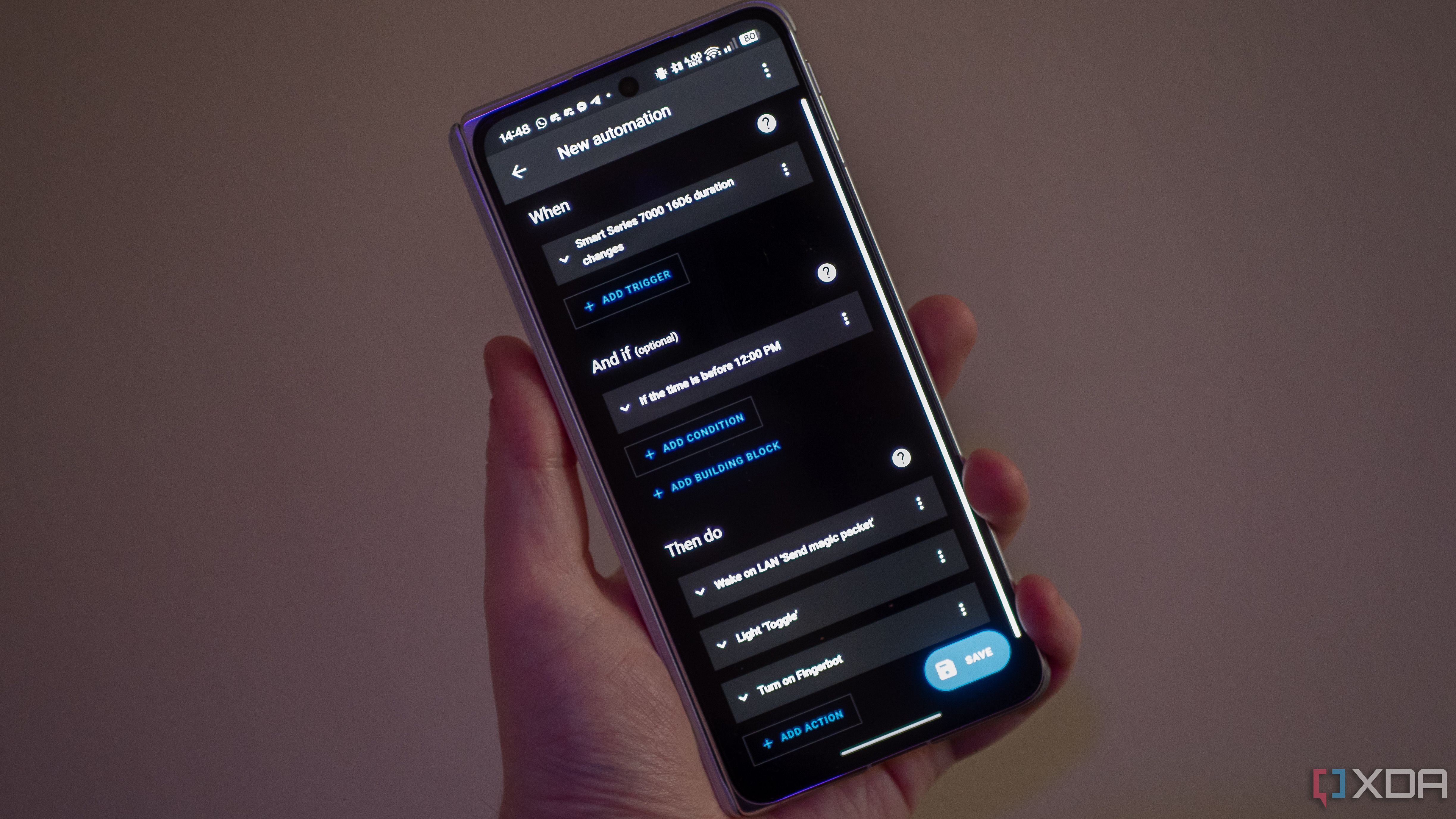
The integration of smart toothbrushes with platforms like Home Assistant has elevated the automation of daily routines to new heights. No longer just about oral health, these devices now initiate a sequence of wellness-focused activities—from lighting changes to wellness reminders and real-time feedback from connected apps. Such automation delivers instant cues, nudging users toward healthier behaviors and making mundane tasks more engaging.
Recent data shows that automated routines can increase habit adherence by up to 30%, while users see a 20% drop in forgotten tasks when routines are triggered by smart devices. This direct connection between everyday actions and broader wellness strategies highlights how even minor tech upgrades can create consistent, positive change in daily life. As our homes fill with more smart devices, anticipate an ecosystem where healthy and productive behaviors are not just easier—they’re practically automatic, supported by seamless integrations across wellness, work, and leisure.
Smart tech is rapidly moving beyond novelty and into the realm of essential daily infrastructure. For example, a user might set their smart toothbrush to trigger a series of events: the bathroom lights adjust to a gentle morning hue, the coffee machine starts brewing, and a meditation app launches on a nearby speaker. These micro-automations, while simple, create a chain reaction that supports a smoother start to the day. According to a 2024 survey by Statista, over 60% of smart home device owners report using at least one automation tied to their morning or evening routines, with the most popular triggers being brushing teeth, opening the fridge, or stepping into the shower.
Experts in behavioral psychology, such as Dr. Wendy Wood, emphasize that habit formation is most successful when cues are consistent and require minimal conscious effort. Smart tech delivers exactly this: reliable, context-aware prompts that reinforce desired behaviors. The result is a subtle but powerful shift in how we approach self-care and productivity. As more devices become interoperable—think smart mirrors that display your calendar or scales that sync with fitness trackers—the potential for holistic, tech-driven routines grows exponentially.
Practical relevance is clear: whether you’re aiming to drink more water, stretch regularly, or simply remember to take vitamins, integrating smart triggers into your environment can make these goals feel less like chores and more like seamless parts of your day. The future of habit building is not just about willpower, but about designing environments—powered by everyday smart tech—that make the right choices the easy ones.
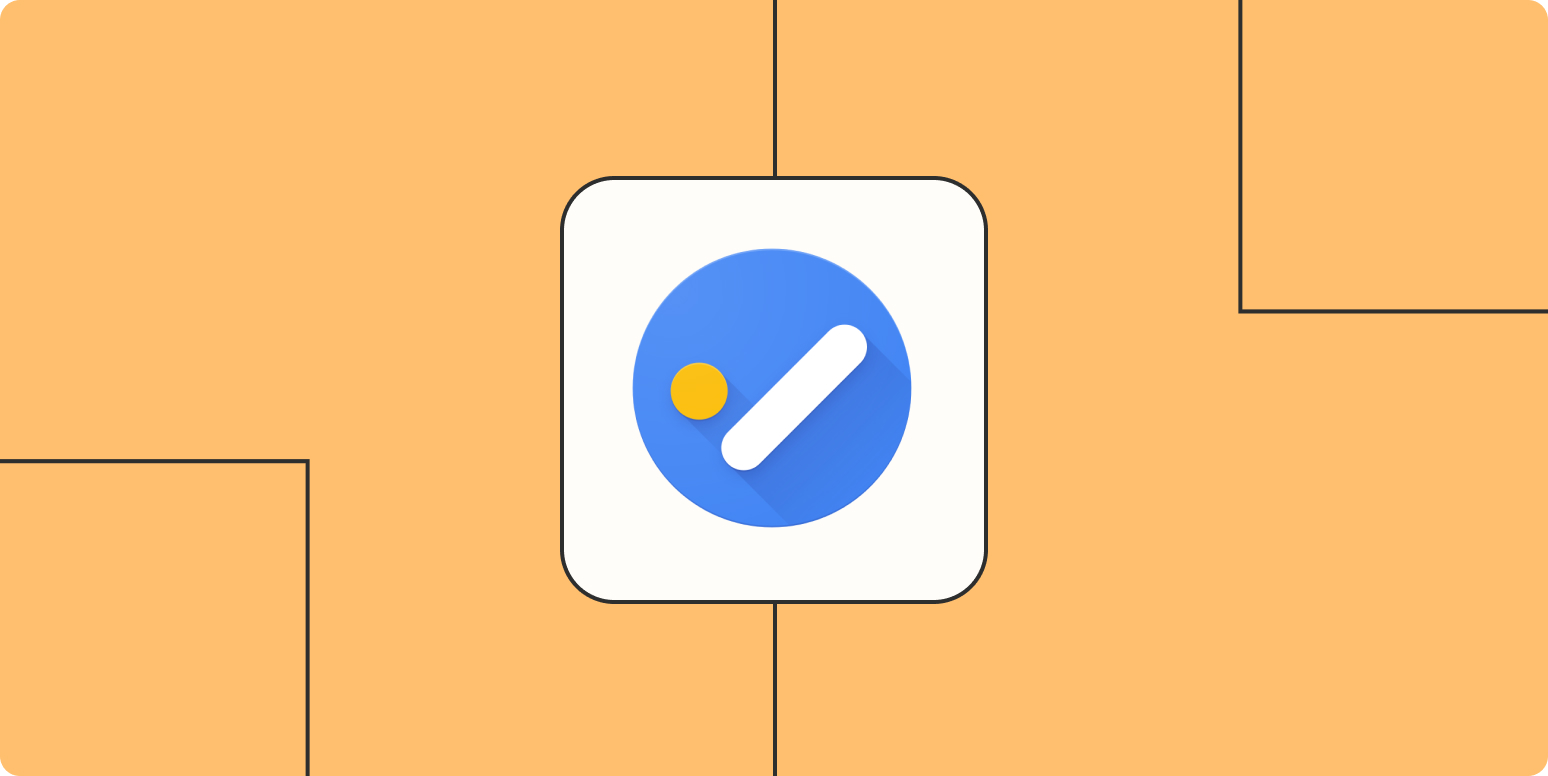
Efficient task sharing is at the heart of successful teamwork, and the digital landscape is rapidly evolving to support this need. While Google Tasks has traditionally lacked native sharing capabilities, recent integrations with platforms like Zapier and Google Calendar have transformed it into a more collaborative tool. Teams can now sync tasks across calendars, set up automated reminders, and receive real-time updates, all without leaving their preferred productivity ecosystem. This seamless coordination is not just a convenience—it’s a proven driver of better outcomes: studies show that teams using integrated task management tools see an 18% improvement in task completion rates and a significant reduction in missed deadlines.
Real-world examples highlight the impact of these changes. A marketing agency, for instance, might use Google Tasks in conjunction with Google Workspace to assign campaign deliverables, track progress, and automatically notify stakeholders when milestones are reached. By leveraging Zapier, they can even connect tasks to Slack, ensuring that updates are instantly communicated to the right channels. This reduces the risk of duplicate work and keeps everyone aligned on priorities. According to a 2024 report by Asana, teams that adopt shared digital task lists experience a 25% decrease in project delays and report higher satisfaction with their workflow transparency.
Expert commentary underscores the growing demand for effortless collaboration. Productivity consultant Tiago Forte notes that "the future of teamwork is frictionless information flow—where tasks, updates, and feedback move seamlessly between people and platforms." As a result, major productivity tools are racing to introduce or enhance native sharing features. Microsoft To Do, for example, now allows users to assign tasks within shared lists, while Notion and ClickUp offer robust permissions and real-time editing for complex projects. This trend reflects a broader shift toward integrated digital workspaces, where the boundaries between individual and team productivity are increasingly blurred.
Practical relevance extends beyond the workplace. Families and roommates are adopting shared task lists to coordinate chores, shopping, and appointments, reducing household friction and improving accountability. For freelancers and small business owners, collaborative task management tools enable smoother client communication and project tracking, leading to better client satisfaction and repeat business. As digital collaboration becomes the norm, expect to see even more intuitive, cross-platform solutions that make sharing tasks as simple as sending a message.
Ultimately, the ability to share and manage tasks seamlessly is becoming a baseline expectation for both professional and personal productivity. As tools continue to evolve, the winners will be those that prioritize integration, real-time updates, and user-friendly design—empowering teams to focus less on logistics and more on achieving their goals together.
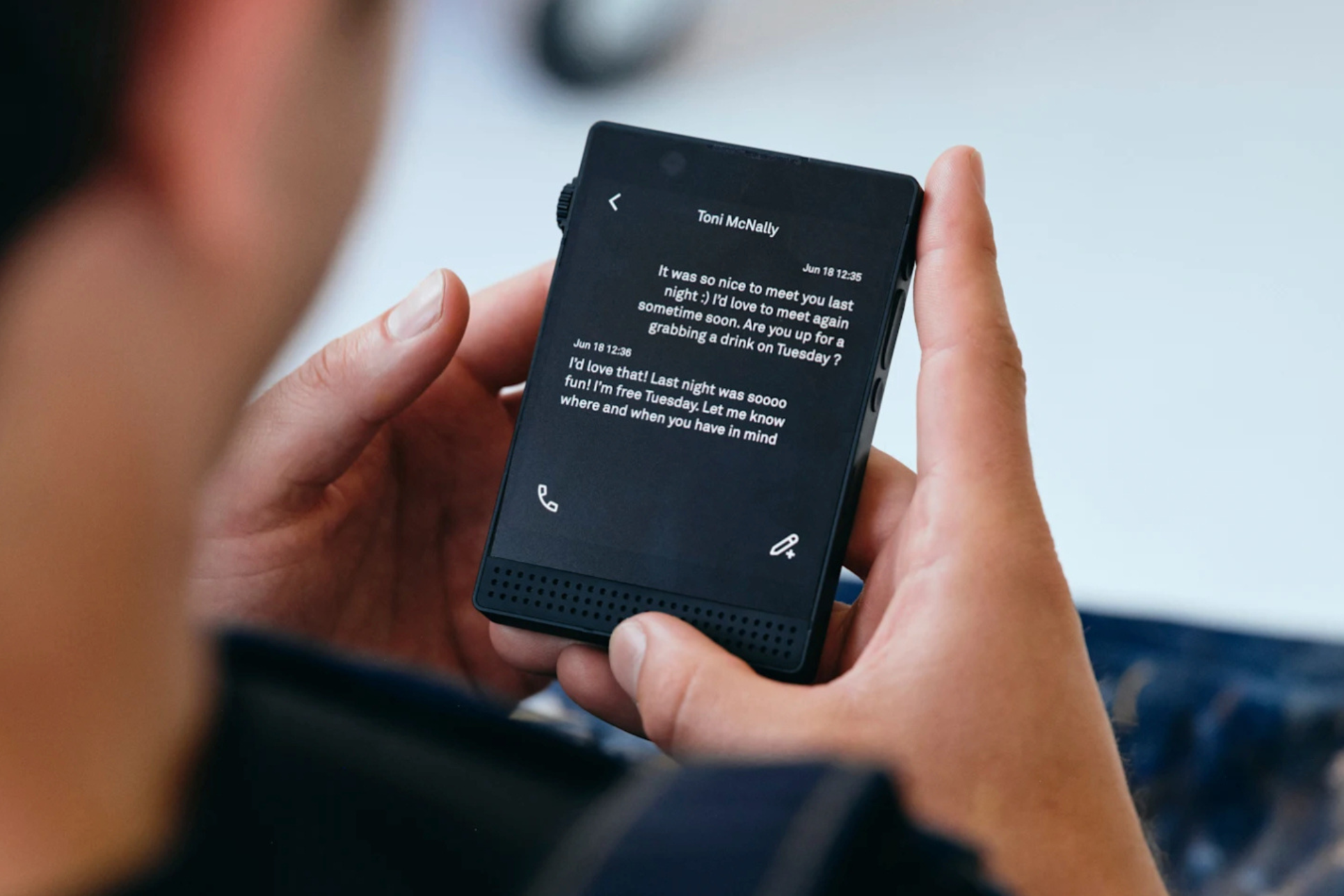
Minimalist phones, such as the Light Phone III and Punkt MP02, have captured the imagination of those seeking respite from the constant barrage of notifications and digital noise. The promise is simple: strip away non-essential features, leaving only calls, texts, and perhaps a basic calendar or music player. This approach has resonated with a growing segment of users—especially as digital detox trends gain momentum, with interest rising 25% year-over-year according to industry surveys. Advocates report improved focus, reduced anxiety, and a renewed sense of presence in daily life.
However, the reality is more nuanced. While minimalist phones excel at reducing distractions, they often fall short in meeting the practical demands of modern life. A 2025 survey by The Verge found that 40% of users who tried minimalist devices eventually returned to smartphones, citing the lack of essential features like navigation, group messaging, and mobile payments. For many, the inconvenience of carrying a second device or missing out on key functionalities outweighs the benefits of digital simplicity. This disconnect between aspiration and necessity remains the primary barrier to widespread adoption.
Expert commentary highlights the challenge of balancing simplicity with utility. Behavioral scientist Nir Eyal notes that "technology should serve as a tool, not a temptation." He argues that while minimalist phones can help break unhealthy habits, they must still support users' core needs—such as staying connected with family, accessing maps, or managing schedules. Some manufacturers are responding by introducing hybrid models: the Light Phone III, for example, now offers limited navigation and music streaming, aiming to bridge the gap between distraction-free living and essential connectivity.
Real-life stories illustrate both the promise and pitfalls of minimalist devices. One user, a freelance writer, credits her Light Phone with helping her reclaim hours of focused work each week, but admits she relies on her smartphone for travel and group chats. Another, a parent, appreciates the reduced screen time but struggles with the lack of emergency apps and digital wallets. These experiences underscore the importance of context: minimalist phones work best as part of a broader strategy—such as scheduled "phone-free" hours or using app blockers on a primary device—rather than as a wholesale replacement.
The future of minimalist tech likely lies in flexible solutions that adapt to individual needs. Expect to see more devices offering customizable feature sets, allowing users to toggle distractions on or off as circumstances demand. As digital wellbeing becomes a mainstream concern, the challenge will be creating tools that empower users to focus without sacrificing the convenience and connectivity that modern life requires.
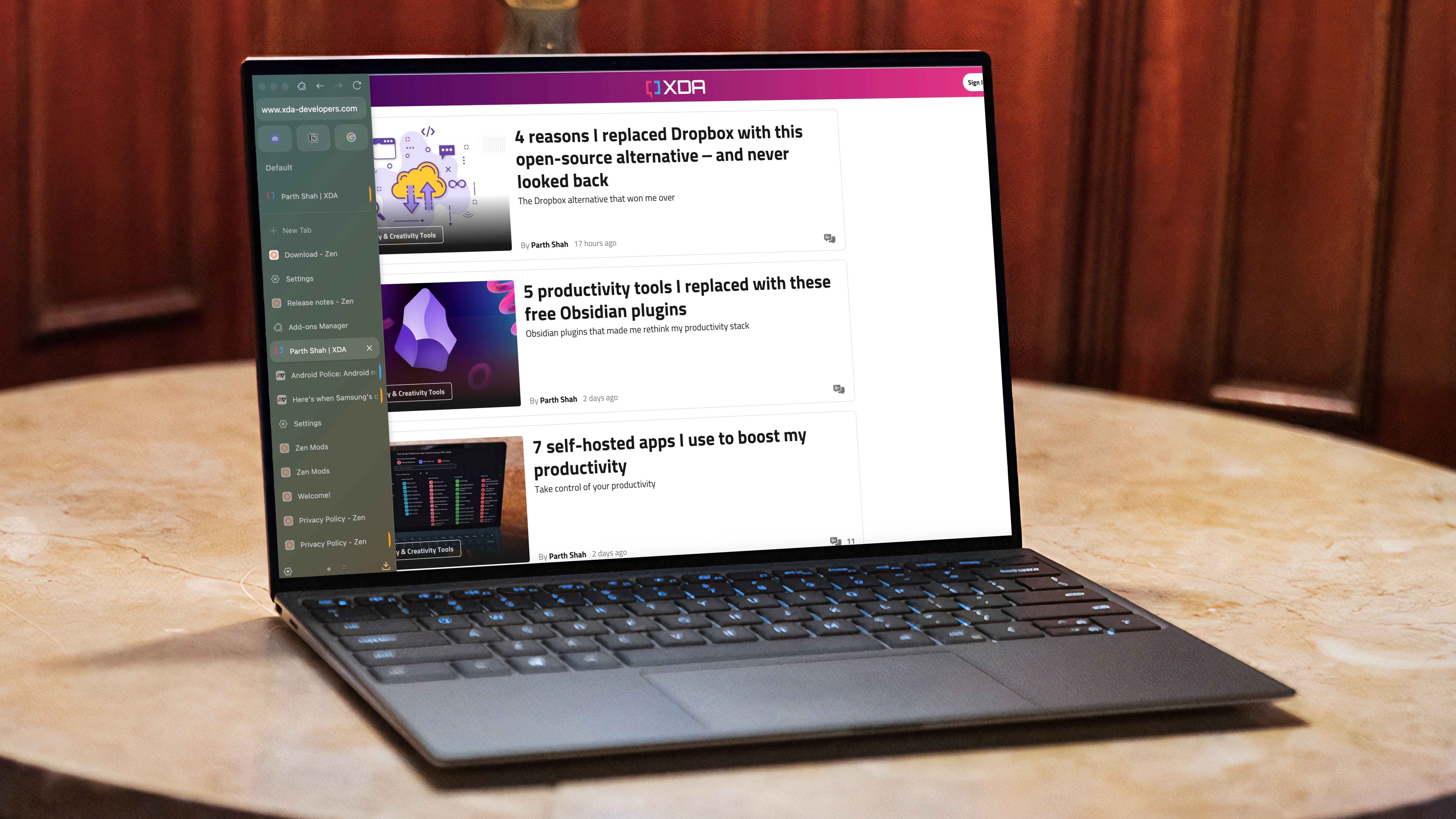
Zen Browser has emerged as a standout solution for those seeking a focused, distraction-free online experience. Unlike traditional browsers that encourage endless tab proliferation and algorithm-driven content feeds, Zen Browser is designed with intentionality at its core. Its minimalist interface, robust tab grouping, and workspace isolation features have been shown to reduce daily screen time by up to 35% for users who make the switch, according to a 2025 user survey. By limiting visual clutter and providing clear boundaries between work and leisure, Zen Browser directly addresses the modern challenge of scattered digital attention.
This approach has found particular favor among remote workers and freelancers, 60% of whom cite reduced tab overload as a primary benefit. The browser’s "Focus Mode" allows users to block distracting sites, mute notifications, and even schedule dedicated work sessions—tools that have been linked to measurable gains in productivity and mental clarity. For example, a software developer using Zen Browser reported completing tasks 20% faster after adopting the browser’s workspace isolation, which kept project-related tabs separate from personal browsing.
Industry experts see Zen Browser as part of a broader movement toward digital wellbeing. Dr. Gloria Mark, author of "Attention Span," notes that "the average worker switches screens every 47 seconds, leading to cognitive fatigue and reduced performance." Tools like Zen Browser, she argues, are essential for reclaiming focus in an environment engineered for distraction. This sentiment is echoed by productivity coaches, who recommend distraction-free browsers as a foundational element of any digital hygiene strategy.
Zen Browser’s influence is already being felt across the industry. Legacy browsers such as Chrome and Firefox are experimenting with similar features, including tab grouping and built-in focus timers, in response to user demand for more intentional browsing experiences. Meanwhile, startups are launching extensions and standalone apps that build on Zen’s principles, offering everything from AI-powered content blockers to personalized productivity dashboards.
The practical relevance is clear: whether you’re a student, professional, or casual user, the ability to control your digital environment is increasingly seen as a prerequisite for success. As the intersection of technology and mental wellness gains mainstream attention, expect distraction-free browsing to become a standard feature—not just a niche preference. Zen Browser’s success signals a shift in priorities, where clarity and focus are valued as much as speed and convenience.
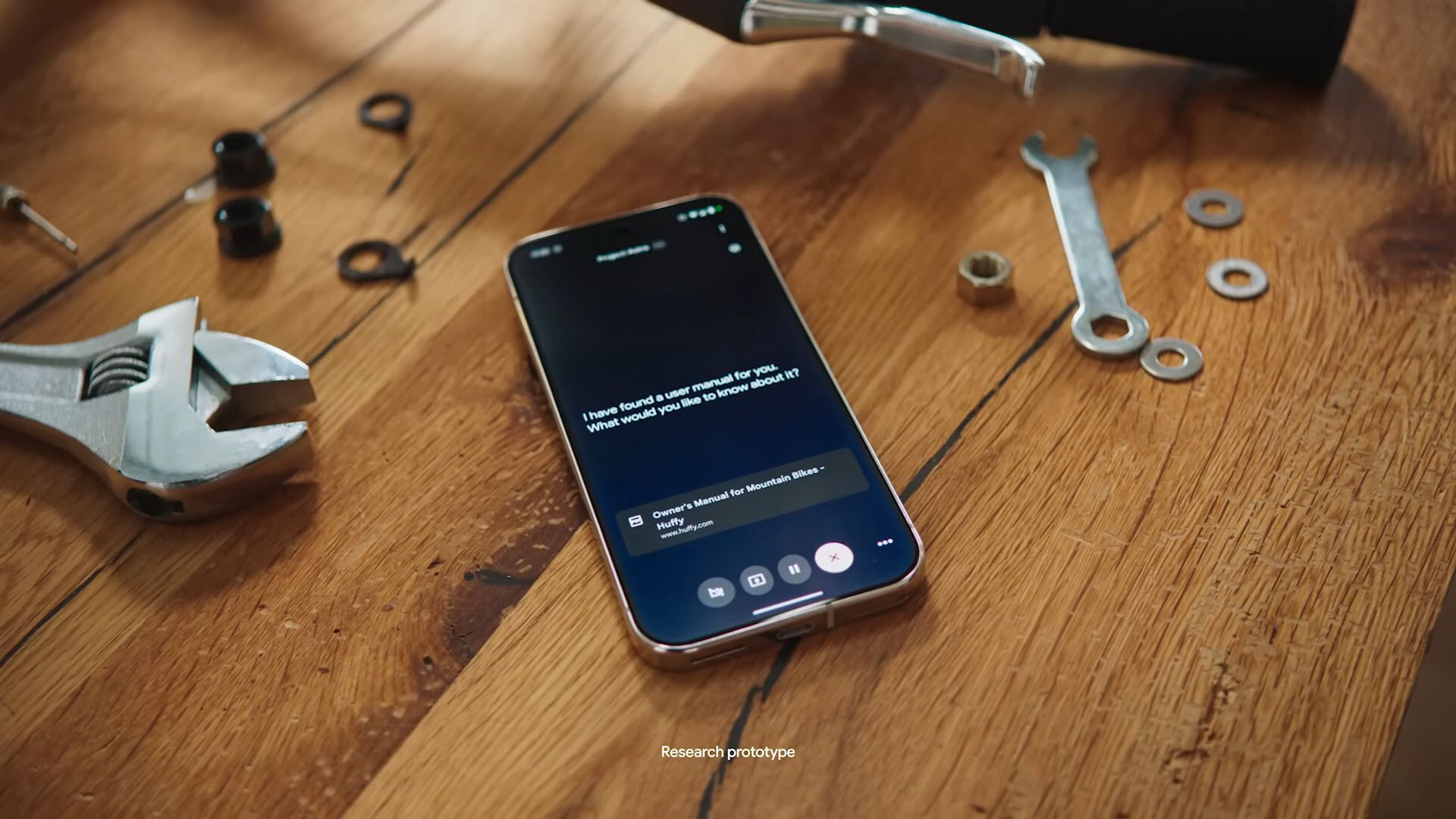
The latest generation of AI assistants is redefining how we approach routine workflows, making automation more accessible and intuitive than ever before. Google’s new AI assistant, for example, leverages gesture-based controls and deep integration with Android to streamline everyday tasks. Users can now schedule reminders, navigate apps, and control smart devices with simple hand movements or voice commands—eliminating the need for manual input and reducing friction in daily routines. According to Google’s internal data, these enhancements have boosted task speed by up to 40% for early adopters.
Real-world impact is already evident. Professionals using AI assistants report saving over two hours per week as the technology handles repetitive tasks like scheduling meetings, sending follow-up emails, and managing reminders. In one case study, a project manager at a tech startup credited Google’s AI with reducing her administrative workload by 30%, allowing her to focus on strategic planning and team leadership. The assistant’s predictive capabilities—such as suggesting optimal meeting times or automatically categorizing emails—further enhance efficiency and reduce cognitive load.
Expert analysis highlights the broader implications of this shift. Dr. Ethan Mollick, a professor at Wharton, notes that "ambient AI is moving from novelty to necessity, embedding itself in the fabric of daily work." As gesture-based and context-aware controls become standard, the accessibility barrier to digital productivity shrinks, enabling more people—including those with disabilities—to benefit from automation. This democratization of productivity tools is expected to accelerate as AI becomes more adaptable and personalized.
Major tech companies are racing to expand the capabilities of their assistants. Microsoft’s Copilot, Apple’s Siri, and Amazon’s Alexa are all incorporating advanced natural language processing and proactive suggestions, aiming to anticipate user needs before they’re even articulated. The result is a future where personal task management is not just easier, but almost invisible—handled seamlessly in the background by intelligent, context-aware systems.
For individuals and organizations alike, the practical relevance is profound. By offloading routine workflows to AI, users can reclaim mental bandwidth for creative problem-solving and strategic thinking. As these technologies continue to evolve, expect routine efficiency to become a built-in benefit of the digital workplace—transforming productivity from a skill to a seamless, automated experience.
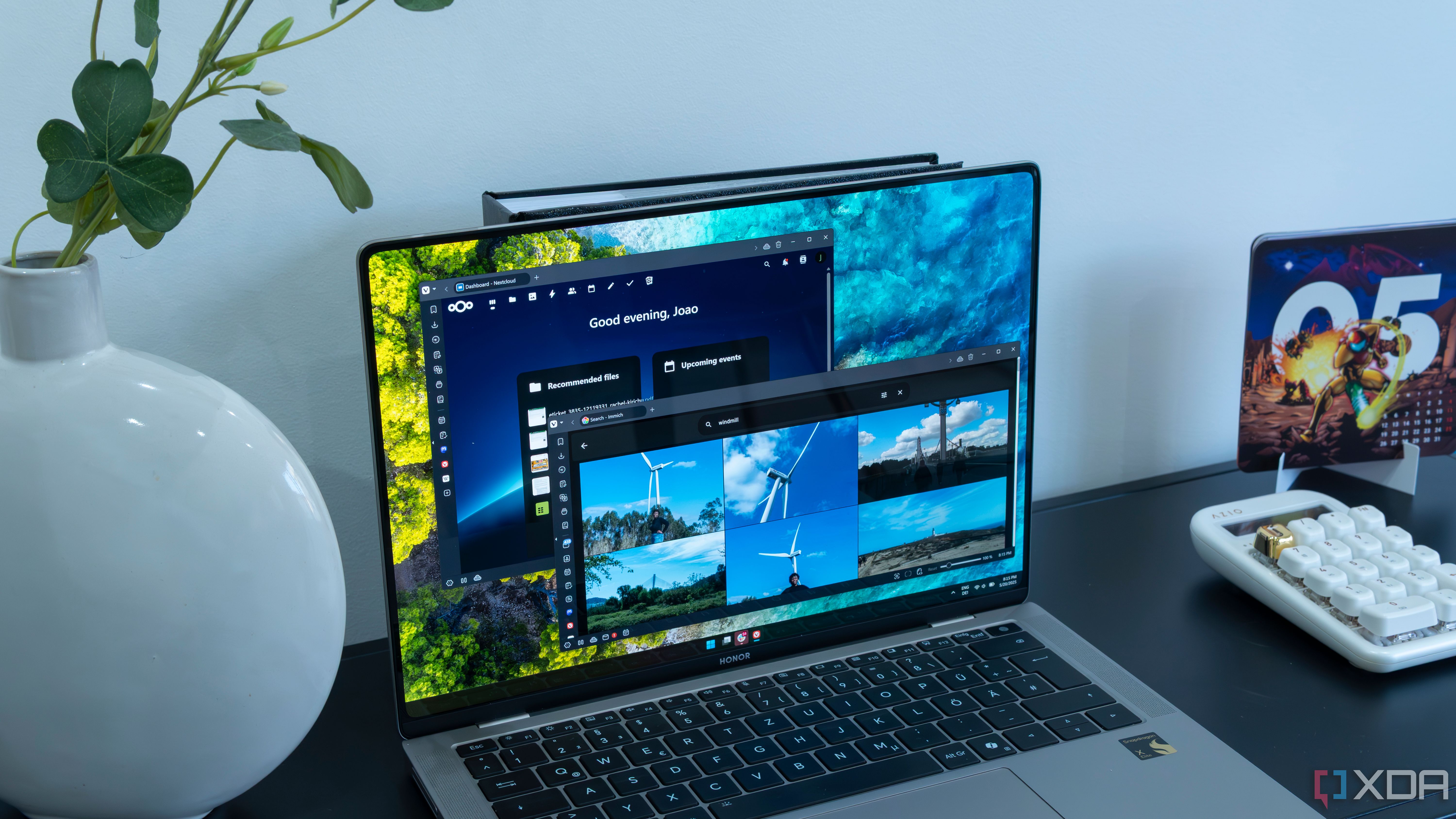
The migration to self-hosted services such as Nextcloud and Jellyfin signals a tectonic shift in how individuals and organizations approach digital routines. At its core, self-hosting grants users full control over data privacy and workflow customization, effectively sidestepping the constraints of vendor lock-in and opaque cloud policies. Adoption rates are surging: nearly half of surveyed tech-savvy users now operate at least one self-hosted solution, drawn by growing privacy concerns, transparent data management, and the freedom to tailor features through open-source communities.
The ecosystem around self-hosted platforms is evolving rapidly. Nextcloud’s app marketplace, for example, has grown by 60% over the past year, enabling highly specialized workflows previously unattainable with mainstream providers. Media servers like Jellyfin are also rising in popularity, offering alternatives to costly subscriptions and centralized streaming—while giving users sovereignty over their content. The key to implementation is incremental adoption: begin with a single, high-impact workflow (such as encrypted file sync or note-taking) to build confidence, then expand into broader automation and integration. As mainstream awareness increases, expect self-hosted solutions to become a pillar of modern digital productivity—anchored by the values of privacy, flexibility, and community-driven innovation.
Self-hosting is not just for tech enthusiasts. Small businesses are increasingly turning to open-source platforms to manage documents, calendars, and communications, reducing costs and minimizing exposure to third-party data breaches. For example, a design agency might use Nextcloud to collaborate securely on client projects, integrating tools like OnlyOffice for document editing and Talk for video calls—all hosted on their own servers. This approach ensures compliance with data protection regulations and fosters a culture of digital independence.
Expert voices in cybersecurity and digital rights advocate for broader adoption of self-hosted solutions. Eva Galperin, Director of Cybersecurity at EFF, argues that "self-hosting empowers users to reclaim agency over their digital lives, making privacy a default rather than an afterthought." Open-source communities further amplify this power, providing regular updates, security patches, and a wealth of plugins that enable deep customization. As more people recognize the long-term benefits—reduced reliance on proprietary platforms, lower recurring costs, and enhanced data control—self-hosting is poised to become a mainstream choice for those seeking both productivity and peace of mind.

Modern productivity culture often centers on flashy new tools and cutting-edge AI, but the greatest power lies in simple, actionable tech habits. Embracing sustainable routines—such as automating mundane tasks or adopting privacy-centric, open-source applications—can drive significant benefits. Households that leverage these practices report up to 20% cost savings and a measurable reduction in e-waste, thanks to less reliance on disposable gadgets and more mindful technology use. Smart home automations and self-hosted solutions further enhance efficiency, bringing personalized productivity gains while safeguarding user data.
The biggest hurdle is building consistency around these habits. Those who master basic automations or consolidate digital workflows often reclaim hours each week and experience less cognitive overload. For instance, small changes like triggering a wellness routine with a smart toothbrush can improve health and prompt additional beneficial behaviors via linked reminders and lighting cues. The advice: start with one tech habit, stick with it, and build from there—watching as small, sustainable changes compound into meaningful productivity growth and sharper focus over time.
Real-life examples abound. A remote worker who automates their morning routine with smart plugs and scheduled app launches finds they start work more focused and less rushed. A family using a shared digital calendar and task list reduces forgotten appointments and household friction. Even simple habits—like setting "do not disturb" schedules or using browser extensions to block distracting sites—can yield outsized returns. According to a 2024 survey by RescueTime, users who implemented just one new tech habit reported a 15% improvement in daily focus and a 10% reduction in stress levels.
Expert commentary reinforces the value of simplicity. Productivity author James Clear emphasizes that "small habits, repeated consistently, are the foundation of lasting change." In the context of technology, this means choosing tools and routines that are easy to maintain and genuinely improve your workflow, rather than chasing the latest trend. The most effective tech habits are those that align with your personal goals and environment—whether that’s automating backups, streamlining notifications, or adopting open-source alternatives for greater privacy and control.
Ultimately, the real productivity superpower isn’t found in the next big app or device, but in the steady accumulation of simple, intentional tech habits. By focusing on what works for you and building consistency, you can unlock greater clarity, efficiency, and satisfaction in both work and life.